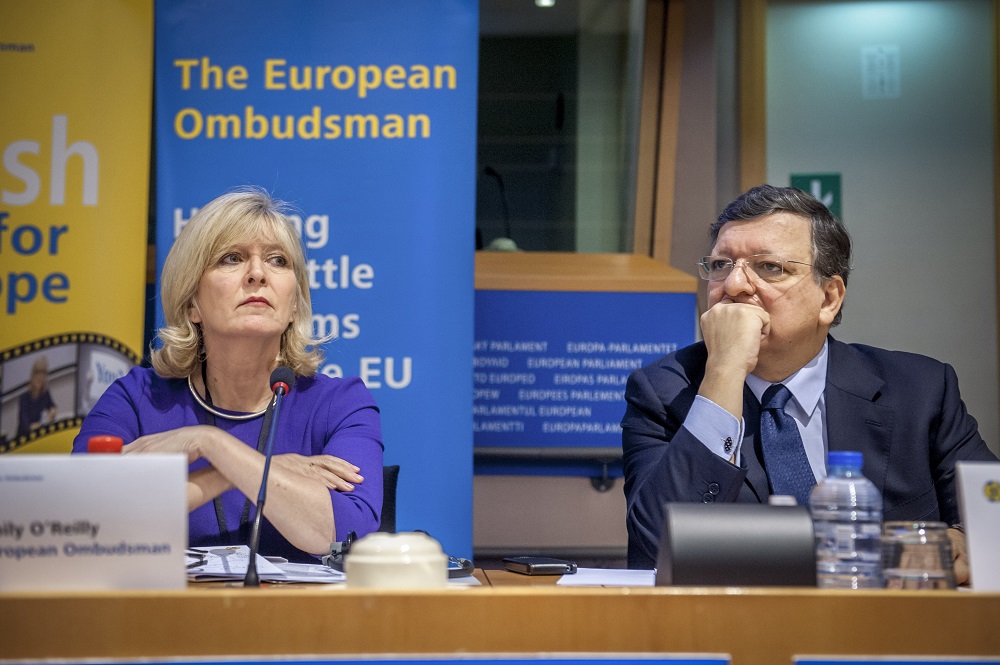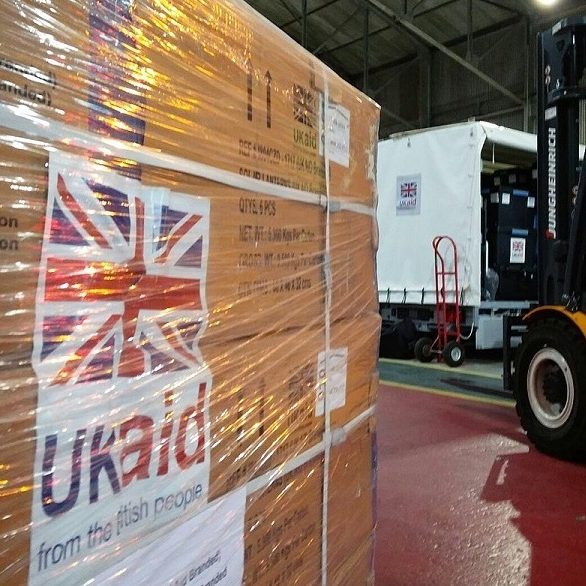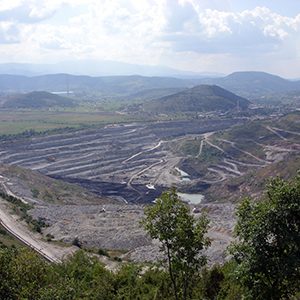With many billions of dollars at their disposal, export credit agency finance far outpaces that of development banks and yet avoids the same public scrutiny. Most money flows into large infrastructure projects in politically-volatile countries that often have adverse effects on the environment and human rights, heightening the risks of funds misuse and calling for more transparency, better accountability and stronger standards.
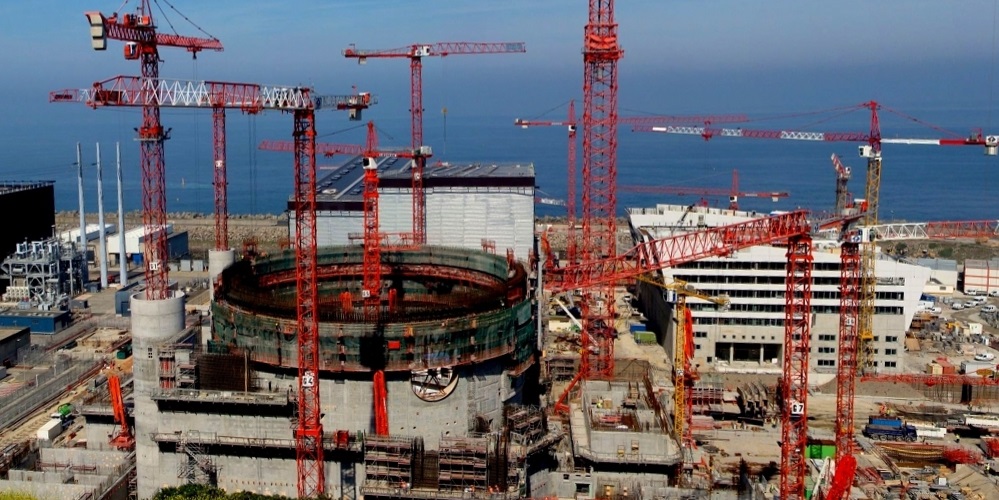
Never miss an update
Receive our monthly overviews of the latest developments on the ground.
Key facts
What are ECAs? government backed institutions that finance domestic companies’ exports and investments abroad in the form of loans, guarantees and insurances to help eliminate the risks of non-payment.
Volume of support provided by ECAs: Members of the Berne Union, the most important association of export credit agencies and investment insurers, collectively cover nearly USD 2.5 trillion in exports every year. That is 13 percent of the world’s transboundary trade. This makes export credit agencies more powerful than many multilateral development banks. And yet, these financial institutions are as opaque as they are influential. Read more.
What should be done: action on the national, European and international levels is required to enhance transparency and to make ECAs effectively reflect internationally agreed environmental, social and human rights standards in their conduct and decisions. Despite being signatories of the Paris Agreement, only seven European countries have recently committed to stop ECA funding for fossil fuels.
Key issues
Lack of transparency: ECAs do not generally share information on their financial operations
Lack of accountability: officially ECAs report to national authorities, but in practice the scrutiny is loose and random
Poor environmental and social standards: the so-called Common Approaches at the OECD only covers a fraction of all ECA-supported projects. More than 90 per cent of the volume of export credit-supported transactions is not subject to any sort of safeguards at all.
Incoherence with foreign policy objectives: in some cases ECA-supported projects not only fail to align with larger foreign policy objectives, but actually go against them.
Background
ECAs have been successful in keeping a low profile and staying off the public radar, despite the enormous amounts of private money they support with publicly owned budgets.
Unlike other big public financiers – in particular multilateral development banks such as the World Bank, the EBRD, and the EIB – ECAs fall into a grey zone of trade financing policy and rarely make it to the news, attracting minimal attention.
The reason for such obscurity is simple: ECAs often engage in dubious projects that are deemed too risky and potentially harmful by other financiers.
Recent publications
“EU ECA fossil fuel phase-out tracker” published in March 2024 by Both ENDS, to which we contributed through our member organisation, the Centre for Transport and Energy, analyses tracking of EU Member States’ commitments to phasing out fossil fuel export finance, and assesses the robustness of these phase-out policies.
In October 2024, Counterbalance and Eurodad published a report titled “Who Profits from the Global Gateway? The EU’s New Strategy for Development Cooperation.” It analyses 40 flagship projects and highlights significant risks related to human rights, environmental sustainability, and the economic sovereignty of partner nations. It also provides an in-depth examination of the EU’s Global Gateway initiative.
You can follow information on export credit agencies on ECAWatch page.
Ombudsman calls for greater transparency of export credit agencies
A milestone Regulation 1233/2011 obliged DG Trade, the body within the Commission responsible for ECAs, to comply with the following recommendations until 3 December 2019:
- To have a new checklist drafted in consultation with civil society
- To improve reporting guidelines
- To enhance the analysis and evaluation of annual reviews for the European Parliament’s report
Lack of transparency
Opaque operations of most ECA-supported projects prevents any public scrutiny and disable any public participation. Taxpayers have no say in the way these public money and support schemes are being used and cannot raise concerns. In most cases there is no recourse mechanism for affected people. In the few cases where there is one, information about it is hard to access
Lack of accountability
Parliamentary scrutiny of ECAs is rather loose and random in practice, reflecting an overall lack of knowledge of export credit schemes. The impacts of ECA-supported transactions tend to undermine other government policies in fields like international development, environmental policy or protection of human rights, suggesting a fundamental lack of policy coherence.
EU Regulation 1233/2011 requiring ECAs to report to the European Commission somewhat increased the transparency of European ECAs:
“In the Annual Activity Report, Member States shall describe how environmental risks, which can carry other relevant risks, are taken into account in the officially supported export credit activities of their ECAs.”
In practice, based on the current reporting practices within the EU, it is not possible to test whether the EU standards are properly applied outside the EU.
Poor environmental and social standards
Currently the social and environmental screening of projects is usually conducted according to the obligations agreed within the Common Approaches, which provide a shared set of voluntary standards and procedures on social, environmental and human rights related issues.
The Common Approaches are specifically formulated to address environmental and social impacts relating to exports of capital goods or services with a repayment term of more than two years. The limited scope of the Common Approaches means that the vast majority of the export credits provided by ECAs are not subject to the application of the Common Approaches.
Cases
UK aid spending on tackling climate change ‘cancelled out’ by UK’s ECA that invested the same amount in fossil fuels. Read more
Photo: DFID – UK Department for International Development (CC BY 2.0)
Czech ECA invests in a coal coal-fired power plant in Turkey – a dubious uncompleted project carrying huge losses. Read more
Czech EGAP showed interest in backing the expansion of a Montenegro’s lignite power plant Pljevlja before it was suspended. Read more
Country profiles
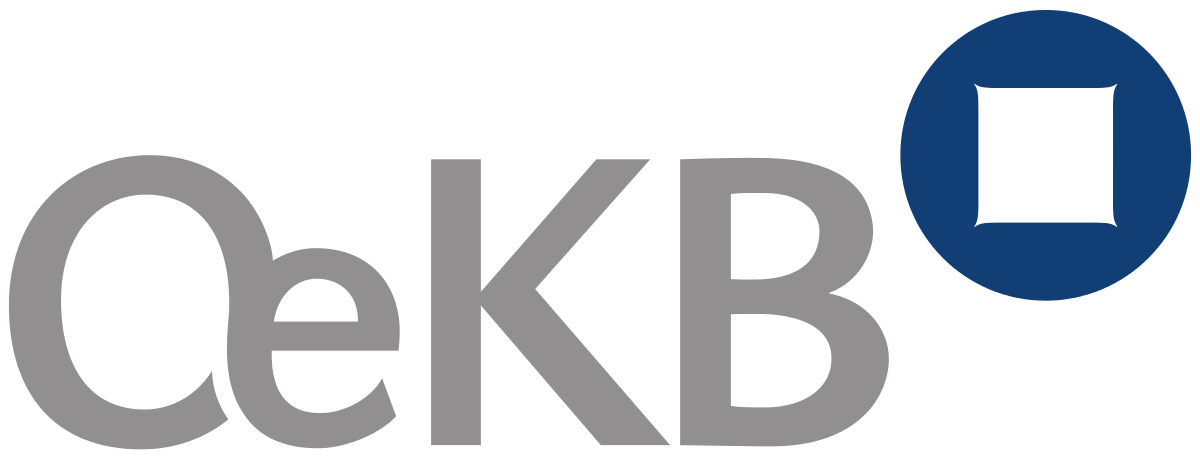
Oesterreichische Kontrollbank AG (OeKB)
Volume of business (2016 balance sheet total): EUR 26.5 billion
OeKB is entirely in private ownership, whereas all other ECA examples on this web page are either entirely or mostly in public ownership.
Unlike other ECAs, the Austrian government and OeKB have exclusion lists which take into account some of Austria’s policy priorities regarding environmental issues and the arms trade.
Austria applies OECD guidelines when it examines the allocation of grant export guarantees, but these recommendations only apply to a very small portion of the Austrian ECA’s export promotion and all remain soft law.
Over the past decade, the OeKB improved on transparency and public engagement, but more work is needed. Information on the vast majority of export guarantees and loans is not available, and OeKB’s engagement with different stakeholders is irregular and not pro-active.
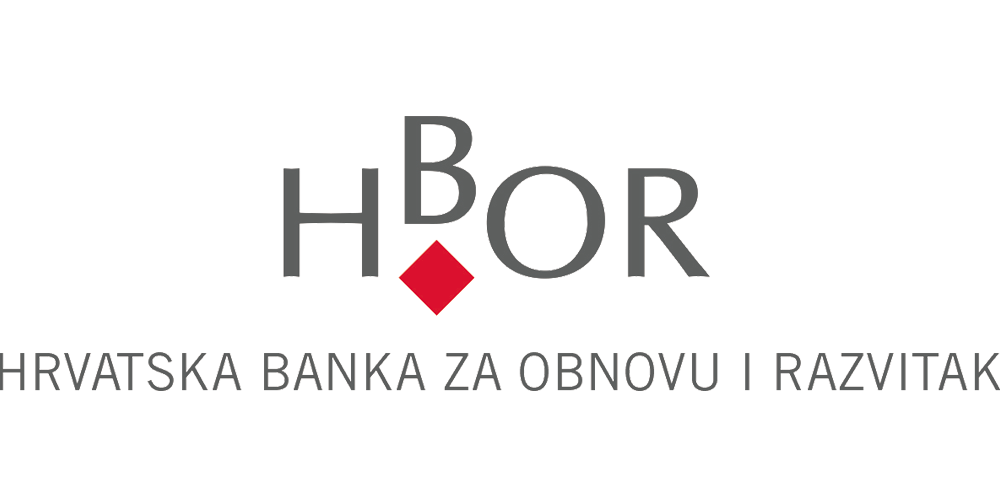
HBOR’s role in supporting Croatia’s economy is threefold:
- as a development bank supporting sectors like construction and infrastructure
- as an export finance bank
- as an insurer for a portion of risks not covered in the private markets.
As an ECA with very limited export credit promotion, HBOR lacks certain procedures concerning human rights and environmental protection. It has not yet implemented all international recommendations on human rights and environmental protection that should be applied to the projects it supports.
A lack of transparency and public disclosure regarding the projects financed, as well as documents related to decision-making is obvious.
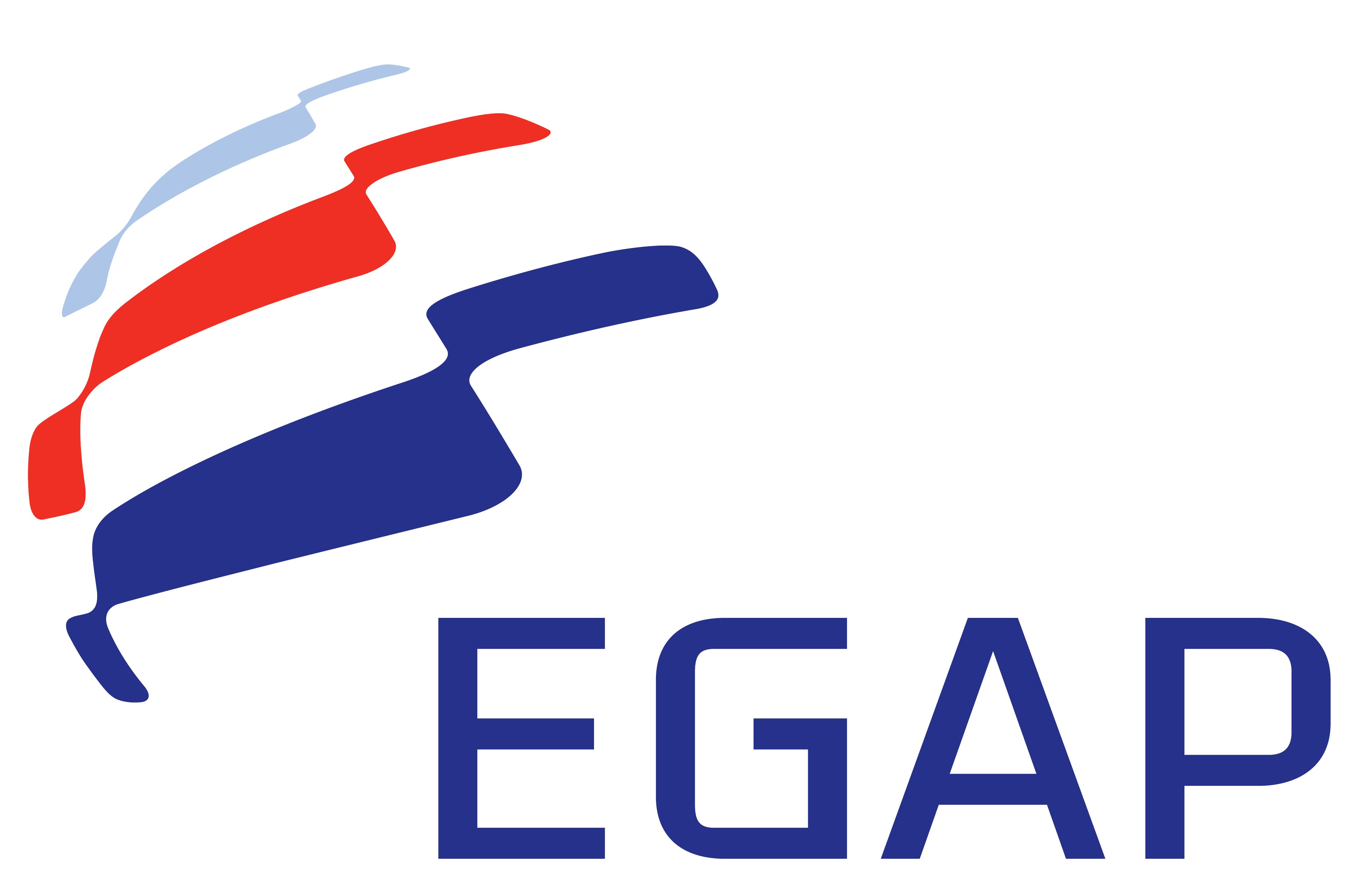

ČEB and EGAP, both state-owned enterprises, have used funds that are backed by public money through state-backed guarantees and insurance to finance a number of problematic projects in recent years, both from a financial and environmental point of view. These include coal, gas and nuclear power stations.
This is in part due to the Czech strategy of boosting exports and minimising the impacts of the financial crisis. ČEB and EGAP relaxed their rules and provided loans and guarantees for riskier projects. The fact that several projects have been under investigation by the Czech police since at least 2014 shows that the problem goes far beyond this.
Since 2014 at least the risk appetite of both ČEB and EGAP seems to have decreased. And, according to ČEB,internal rules and procedures under which new projects are assessed, have tightened in this regard.
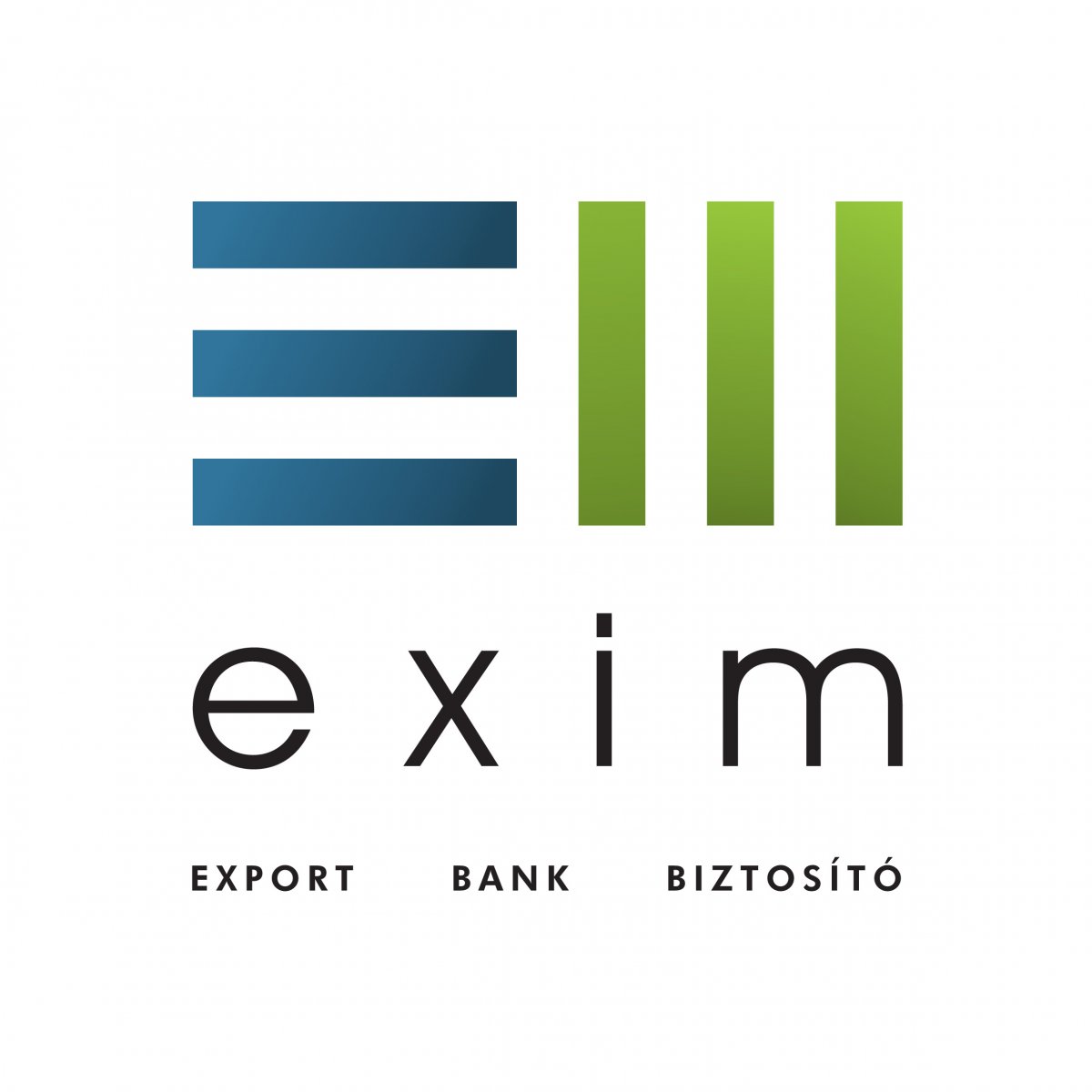
MEHIB (Magyar Exporthitel Biztosító Zrt./Hungarian Export Credit Insurance Plc.) acts as Hungary’s state-backed export insurance provider. Eximbank (Hungarian Export-Import Bank Plc.) fulfills the role of Hungary’s official export bank. When providing information to the public they appear jointly as EXIM.
Eximbank has a rapidly increasing role in Hungary’s development financing and most of its activities contribute to shaping the future of developing countries. For this reason it is important to:
- implement all the requirements of the OECD guidelines in practice;
- increase the transparency of the institution and its projects for Hungarian taxpayers and for affected people in the recipient countries;
- integrate environmental and social sustainability criteria in all the phases of the project pipeline.
Only in this way can it be guaranteed that projects financed by Eximbank support real solutions to global problems.
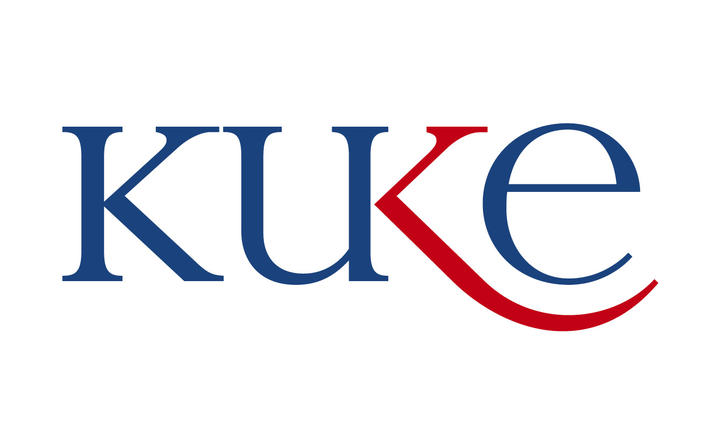
Both KUKE, as officially recognised Polish ECA, as well as BGK as provider of state-backed export credit loans, should apply high levels of transparency, as they are both dealing with public money to provide export support for Polish business.
Its environmental procedure – with a few exceptions – is theoretically aligned with the Common Approaches but assessment of its practices is not possible due to the refusal to provide key information. KUKE should start disclosing information about supported projects and implement procedures for public consultation.
There appear to be no specific exclusion lists for harmful project types that KUKE would not support, no specific climate mitigation measures, and no concrete human rights due diligence procedures in cases where the likelihood of severe project-related human rights impacts is high.

EximBank S.A.
Volume of business (2016 balance sheet): EUR 904 348
EximBank Romania appears to still be a relatively small player in the world of state-backed export financial institutions.
All export credit insurance issued by EximBank Romania on behalf of the state so far have had a repayment period of less than two years. This implies that even though the bank provides export credit insurance for category A and B projects, it would not be required to make any information regarding these projects public. This brings to the surface a major loophole in the transparency of ECAs in general.
There are no specific climate change-related policies in place within EximBank or towards officially supported export promotion other than sector-specific agreements.
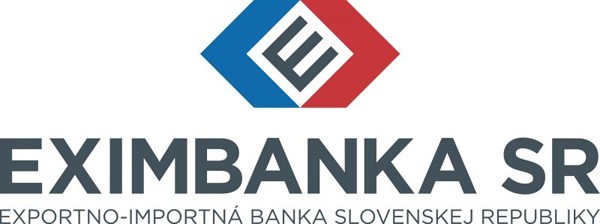
Eximbanka SR
Business volume (2016): EUR 363.7 million
Eximbanka SR seems to operate under the assumption that its openness and transparency is sufficient and that being “demand driven” no questions about coherence with other public policies should be asked. This approach remains questionable for a public institution in principle since export credit funding should be an instrument to pursue and enhance public policies.
While Eximbanka SR is known to a certain segment of the Slovak business community, it is entirely unknown to the general public. Media coverage of its activities is less frequent and less critical. There is a general lack of critical monitoring of Eximbanka SR’s performance, even though there is well-founded concern about the environmental and social impacts of projects supported by this public institution
Hence, transparency on Eximbanka SR’s activities remains an issue that needs improvement, both concerning active disclosure of information as well as the handling of requests for information.
Recommendations
Only strict and binding standards, transparent and engaging decision-making, and sound monitoring and reporting will lead to responsible financing for a better future. We ask the following of national ministries and the European Union:
National level – governments, parliaments and ECAs
- Governmental and parliamentary oversight: ECA reporting and accountability
- Project information disclosure and public consultation
- Due diligence and project selection
- Project monitoring
For the European Commission and European Parliament
- Functional and transparent mechanisms to effectively monitor EU ECAs
- Aarhus good practices + control mechanisms
- In-depth annual reviews for the European Parliament
- Informative, systematically published Member States’ reports
Latest news
Ombudsman calls for greater transparency of export credit agencies
Blog entry | 9 July, 2018The European Ombudsman has sided with the civil society demanding the European Commission to improve its oversight of the EU Export Credit Agencies (ECAs). The decision upholds an earlier ruling that required the Commission to ensure better compliance of these financial institutions with the EU law.
Read moreLack of transparency hindering Czech export agency
Blog entry | 15 February, 2017Although not an institution that typically receives much fanfare, the export credit agency (ECA) in the Czech Republic has a poor track record worthy of more scrutiny. Its latest failure relates to a contract for the construction of a power plant in Tu
Read more[Campaign update] Montenegro’s Pljevlja coal plant is running out of time to secure financing
Blog entry | 22 September, 2016The Czech daily Hospodarske Noviny (English: “Economic Newspaper”) is reporting today that the Czech Export Bank (CEB) and export insurance agency EGAP may not be be able to finance the Pljevlja II lignite power plant in Montenegro due to new OECD rules entering force on 1 January 2017.
Read moreRelated publications
Great exportations: aligning Europe’s export credit agencies with the EU’s pro people and planet policy agenda
Briefing | 20 November, 2019 | Download PDFThis document aims to provide information to Members of the European Parliament about the size, scope and lack of sufficient transparency at the export credit agencies (ECAs). The paper proposes changes to make the ECAs climate- friendly institutions,
ECAs go to market
Study | 5 February, 2018 | Download PDFBetween 2015 and 2017, Finance & Trade Watch and Bankwatch, together with its national partners researched export credit agencies (ECAs) in seven countries of the European Union (Austria, Czech Republic, Croatia, Hungary, Poland, Romania and Slovak
Ending fossil fuel support: NGO recommendations for OECD countries on their Export Credit Agencies
Briefing | 27 May, 2014 | Download PDFAccording to data compiled by the Natural Resources Defense Council (NRDC), between 2007 and 2013 public financial institutions provided at least $55,7 billion in funding for coal projects abroad. The largest proportion of this comes from national Export Credit Agencies (ECAs) from OECD countries, which have provided at least $32 billion over this period or 58% of total support.
This content was produced with the financial support of the European Union. Its contents are the sole responsibility of Citizens for Financial Justice and Both Ends and do not necessarily reflect the views of the European Union.

